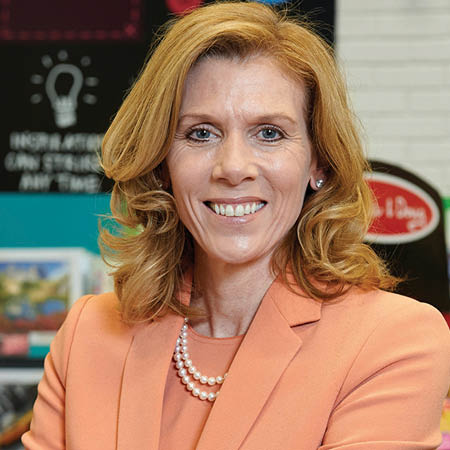When Catriona Marshall came to Hobbycraft as its new CEO, it was in need of a major change. The United Kingdom retail chain, which specialises in arts and craft supplies, had its profits under threat from supermarket chains and online outlets moving into the craft sector. On top of this, the company was family-owned with little outside investment, and needed a large amount of restructuring to ensure it could compete with the new entries to the market. ”Management and the company’s new shareholder Bridgepoint were trying to transform the business from being a family business, which had had limited amount of investment, into a growth business that could be scaled,” Catriona explains.
“We were doing that at the same time as the retail market was rapidly becoming multichannel and discount led.” If I put it in the context of being a specialist retailer, then one of the unique selling propositions of being a specialist is you carry a high range and you take on the challenge of a back range with low stock turnover. You tend to operate at market retail prices in order to do that because your unique offering to the customer is everything under one roof. As we’ve moved into an environment which is multichannel, a wide range is more accessible for customers and pricing has become far more transparent and therefore more competitive. “We’ve had to modernise our business, become multichannel, and also become significantly more competitive.”
Catriona has extensive experience in retail and retail restructuring and credits this with her ability to meet the challenge Hobbycraft presented. Beginning her career at supermarket chain Asda, Catriona says, equipped her with leadership skills as well as experience.”My main introduction to retail was at Asda, when the business was going through a period of substantial change. It was going back to its roots, becoming a true value retailer and becoming a low-cost operator. That was my main grounding as a retailer and a leader. I was part of a young group who came through the business and was given a massive amount of opportunity to build my skill set. They invested heavily in leadership skills for people in the business and I benefited from that. Then I went from a very large organisation with a substantial infrastructure to a much smaller organisation which was a family-owned business. It was a small but quality business, and I had to learn how to adapt my style and my way of working. There were very limited resources, and we had to work very hard in order to get the best results.”



